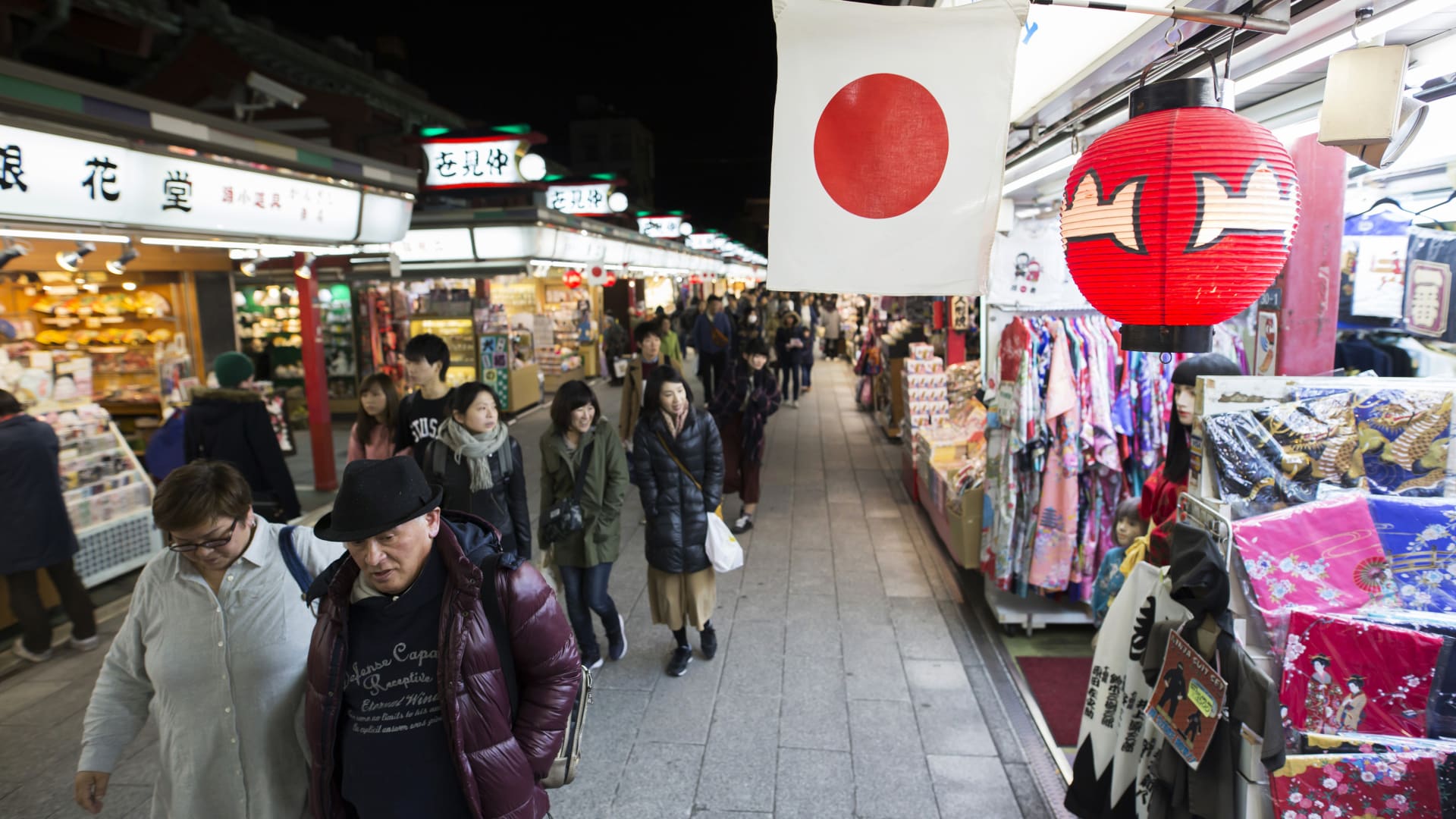Unlock the Editor’s Digest for free
Roula Khalaf, Editor of the FT, selects her favourite stories in this weekly newsletter.
The Bank of Japan has opted to hold short-term interest rates, pointing to a moderate recovery in the economy but warning that “high uncertainties” remain in the outlook for activity and prices.
In a widely expected decision on Friday, the BoJ said its two-day monetary policy meeting had concluded with a unanimous decision to maintain the overnight call rate target at 0.25 per cent.
Japan’s economy, the central bank said in the statement, was likely to keep growing at a pace above its potential growth rate “as a virtuous cycle from income to spending gradually intensifies”.
The statement included an upgrade to the BoJ’s assessment of private consumption, which it said had been on a moderately increasing trend despite the impact of rising prices.
In its previous statement, the BoJ had judged private consumption to be merely “resilient” — a term that Marcel Thieliant, Capital Economics’ head of Asia-Pacific, said was a euphemism, given that the available data showed four consecutive quarter-on-quarter falls in real consumption.
The yen held steady at ¥142.3 against the dollar on Friday following the decision, with foreign exchange traders saying the focus was now on whether BoJ governor Kazuo Ueda would offer substantial clues on future interest rate increases at an afternoon press conference.
A majority of economists believe the BoJ will raise rates again this year, with some forecasting it will opt for a 0.25 percentage point increase as early as next month.
The meeting on Friday was the first since the bank raised rates in late July, pushing monetary policy into “normalisation” after many years of ultra-loose conditions. The BoJ exited negative rates in March, the last central bank in the world to do so, after decades of battling deflation.
Although the bank had struck a hawkish tone ahead of the July meeting, the increase to 0.25 per cent took many market participants by surprise, which in addition to a series of other factors including the perceived risk of a US recession, prompted an acute collapse in Japanese stocks and rapid unwinding of the yen “carry trade”.
The Japanese currency has lurched from about ¥140 to the dollar at the start of the year to a multi-decade low of ¥161 in early July. It has since reversed direction to stand almost flat year-to-date, a scale of volatility that some analysts believe to be significant factor in the Japanese central bank’s policy decisions.
In its statement, the BoJ said it was necessary to pay due attention to developments in financial and foreign exchange markets.
“In particular, with firms’ behaviour shifting more towards raising wages and prices recently, exchange rate developments are, compared to the past, more likely to affect prices,” the bank said.
Nikko Asset Management’s chief global strategist Naomi Fink said the BoJ’s specific reference to foreign exchange and financial markets was noteworthy when considering future moves.
She argued that financial market conditions had been a factor in the US Federal Reserve’s decision on Wednesday to cut rates by 50 basis points.
“We may be amid a period of particularly market-aware policy adjustments by central banks,” said Fink, adding that the risk was that central banks might now be underprepared for any unexpected resurgence in inflation.





